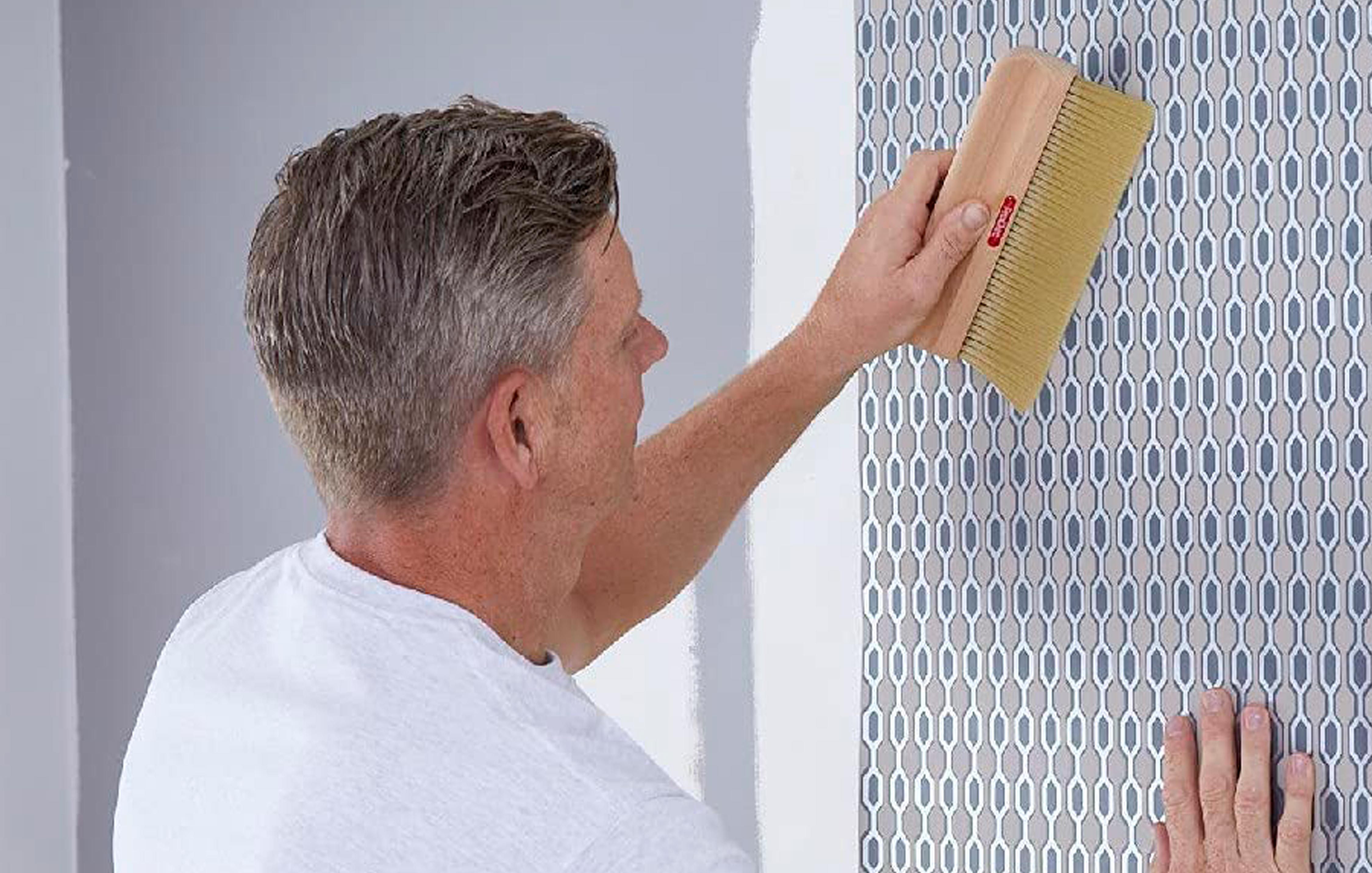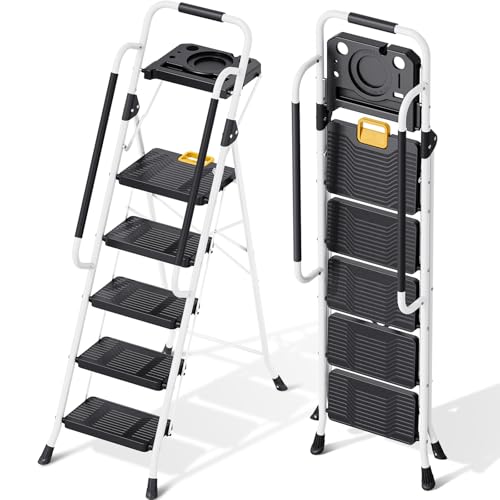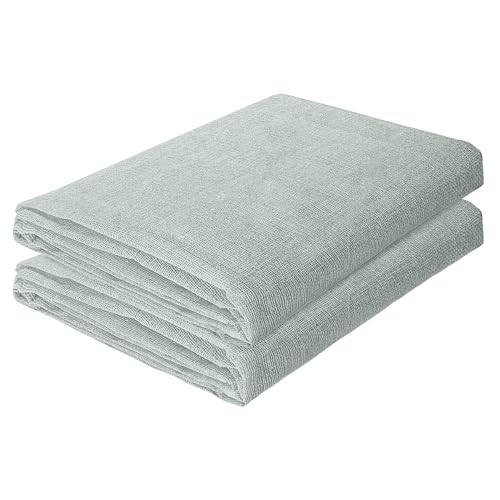Experts reveal their tips for wallpapering a chimney breast to ensure a smart professional finish
In this guide, you'll discover the art of wallpapering a chimney breast. It's not as difficult as you think

With a little extra know-how (which you’ll find in this guide), you will be wallpapering a chimney breast like you’ve been doing for years. Like all good DIY projects, planning and preparation are the keys to success. Prep the wall, pick your start point, and you’ll be ready to go.
Knowing how to wallpaper will be a bonus, as a lot of the same techniques will be called into action. But don’t panic if you’re a complete novice. In this guide, you’ll find what you need to know to get a great finish. Just take your time.
The tools you’ll need
- Wallpaper paste (like this Anaglypt Ultra Strong Wallpaper Paste)
- Wallpaper paste brush
- Wallpaper hanging brush
- Wallpaper scissors (like these Harris Seriously Good Paperhanging Wallpaper Scissors from Amazon)
- Tape measure
- Step ladder
- Spirit level
- Dust sheets (like these Cotton Dust Sheets for Decorating from Amazon)
- Pasting table
Try these tools to wallpaper a chimney breast
Plan ahead before wallpapering a chimney breast

Nick’s career at Harris Brushes stretches back more than 35 years. His experience and product understanding informs the evolution of all Harris products, from benchmarking to insight, research and development.
There are two different but similar approaches to wallpapering a chimney breast. Which one you use will depend on the size of your chimney breast and wallpaper.
Nick Parsons, Technical Manager at Harris, recommends, "Begin by locating the central point of the chimney breast. This will guide the placement of your first strip, ensuring your wallpaper pattern is perfectly balanced across both sides."
He adds, "Use a spirit level or plumb line to mark a straight vertical line down the centre – this is your anchor for a symmetrical finish."
The next step is to get your roll of wallpaper, place one edge on the line, and mark where the other end of the roll sits. Repeat until you reach the edge of the chimney breast. If the roll covers both the edge and the depth of the chimney breast, you are good to go.
Alternatively, if the previous method leaves you with a small gap on the chimney breast edge, i.e. less than four inches, then you need to try this next method. Place your roll in the centre of the centre line you marked. Now mark each edge of the roll and measure out the roll's width to the left and right to see where the wallpaper will hang.
Bring your dream home to life with expert advice, how to guides and design inspiration. Sign up for our newsletter and get two free tickets to a Homebuilding & Renovating Show near you.
You want a decent width on the edge of the chimney breast – at least six inches. Make sure the roll will cover this edge and the depth of the chimney. It is worth noting that chimney breasts are different widths and depths, but one of the above methods will work on most chimney breasts.
Finally, before you start, Rachel Stringer, a Real estate agent at Raleigh Realty, offers these wise words: "Before you paste anything, hold a full length of the roll against the wall and decide which part of the motif (pattern) you want at the centre. Committing five extra minutes here prevents frustrating adjustments later."

Rachel Stringer uses her interior design skills to provide tailored advice on home staging, renovations, and decor, ensuring that each property not only meets but exceeds her clients' expectations.
Steps to hang wallpaper on a chimney breast
Make sure you have all your tools and equipment to hand before you start.
1. Empty area and prep the wall
Clear the room to ensure you have enough space for a step ladder and pasting table. If any furniture remains, cover it with dust sheets and protect the floor. Parsons says, "Prepare the surface by cleaning and smoothing any imperfections."
Fill any cracks with a suitable interior filler, such as PolyCell Quick Drying Polyfilla, available at B&Q. Allow it to dry and then rub down with 120-grit sandpaper.
If you're wallpapering new plaster on a chimney breast – or porous wall, Parsons adds, "Apply a coat of wallpaper primer or size to help the paste adhere evenly and extend working time. This preparation makes all the difference in achieving a smooth application.
Now mix your wallpaper paste so it's ready for use.
2. Hang the first strip
Now measure the length of your drop and add six inches. Measure again to ensure you have the correct measurement. If using patterned wallpaper, hold it up against the wall and move it up and down until you are satisfied that the part of the pattern you want is in the right position. Now, cut your strip of wallpaper.
Parsons says, "Apply adhesive with a paste brush (like this Harris Seriously Good Paste Brush from Amazon), taking care to coat all edges and corners evenly." He adds, "Hang your first strip along the centre guideline, gently smoothing it into place with a paper hanging brush. Always work from the centre outwards to push out any air to stop bubbles in wallpaper or creases.
Now, use the back of a pair of wallpaper scissors to push the wallpaper into the wall where it meets the ceiling. Gently pull off and cut along the mark you just made. Next, take your wallpaper hanging brush and push the paper onto the wall.
Repeat this at the bottom. Wipe off any excess paste with a damp cloth. Use a seam roller to ensure the seams are properly stuck down. Repeat for the other full drops and hang.
3. Hang around the corner
Measure up, cut paste the strip to go around the corner of the chimney breast. Hang as you would a normal strip, leaving an overlap at the top and butting up to the seams. Brush down with a wallpaper hanging brush. Now push in the wallpaper at the top and note where the edge of the wall is and cut into the corner, so you can bend the paper around the corner.
Gently pull the wallpaper around the corner and brush down onto the wall. Check that the wallpaper is still butted up to the seam. If not, pull up the wallpaper so it is back in its original position, adjust and start again.
Stringer offers a tip if you're struggling: "Few do-it-yourself decorators realise that warming the corner lightly with a hair dryer softens the paste enough to let the paper mould to the junction, which prevents future lifting."
Once done, use the wallpaper scissors to mark and cut the overlap at the top. Now go down the entire strip, lining up the seams and brush into position. Now cut the overlap at the bottom.
Once the drop has been brushed into place, there is typically an overlap onto the wall. Mark from top to bottom with the back of scissors, gently pull off the wallpaper at the top and cut, continue down in sections until you reach the bottom and brush the wallpaper into place to finish. Wipe off any excess paste with a damp cloth and leave to dry.
Parsons says, "Wrap only a small amount of paper (2–3 cm) around the edge to avoid pulling and misalignment. Then, begin the next strip on the adjacent wall, taking care to match the pattern."

FAQ
What is the best way to remove wallpaper?
If your chimney breast has been previously papered, you will need to remove the old wallpaper before putting up the new. There are several options for removing wallpaper. You can take the more manual route of scoring the wall and soaking it with water.
The alternative is to use an electric wallpaper steamer like the WAGNER SteamForce Plus at Amazon. This method involves less elbow grease and is typically quicker, so we recommend it. For a more in-depth look at the process, make sure to check out our removing wallpaper guide.
When wallpapering a chimney breast, it can be a good idea to think about wallpapering the rest of the house. Check out our bathroom wallpaper ideas and bedroom wallpaper ideas for inspiration and how much to wallpaper a room for costs
Steve Jenkins is a freelance content creator with over two decades of experience working in digital and print and was previously the DIY content editor for Homebuilding & Renovating.
He is a keen DIYer with over 20 years of experience in transforming and renovating the many homes he has lived in. He specialises in painting and decorating, but has a wide range of skills gleaned from working in the building trade for around 10 years and spending time at night school learning how to plaster and plumb.
He has fitted kitchens, tiled bathrooms and kitchens, laid many floors, built partition walls, plastered walls, plumbed in bathrooms, worked on loft conversions and much more. And when he's not sure how to tackle a DIY project he has a wide network of friends – including plumbers, gas engineers, tilers, carpenters, painters and decorators, electricians and builders – in the trade to call upon.




